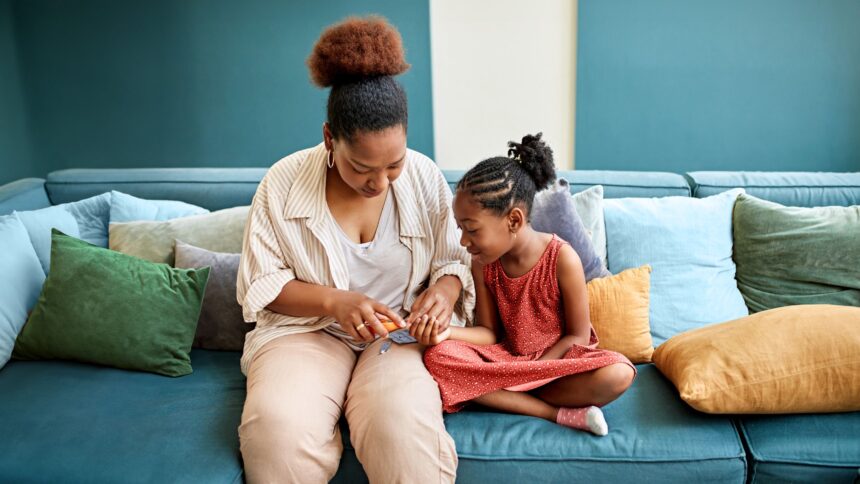Each individual with kind 1 diabetes usually encounters each hypoglycemia (hypoglycemia) and hyperglycemia (hyperglycemia). Every of those circumstances can rapidly progress to critical and harmful circumstances, so it is crucial for caregivers to know warning indicators and put together to behave in an emergency.
Hypoglycemia
Hypoglycemia is the commonest short-term threat for sufferers with kind 1 diabetes. All caregivers of kids with kind 1 diabetes ought to at all times be able to deal with hypoglycemia. All folks with kind 1 diabetes expertise hypoglycemia, often outlined as blood glucose ranges under 70 mg/dL.
Quickly appearing carbohydrates embody sources of refined sugars akin to glucose tabs, juices and jelly beans. These are the proper snacks to rapidly elevate your blood sugar ranges.
Teenagers and adults with kind 1 diabetes usually can sense and deal with hypoglycemia themselves. Frequent signs embody:
- Lighthead
- confusion
- sweating
- Dizziness
- Hungry
Nevertheless, these warning indicators should not at all times dependable, particularly for youthful youngsters who haven’t touched any physique cues or are unable (or are motivated) to speak with adults. Trujillo stated that each kid’s capacity to really feel their lowness can change from at some point to the subsequent, and caregivers must be maintaining a tally of adjustments in habits that would point out hypoglycemic ranges.
Making ready for hypoglycemia is essential for everybody who cares about your little one. You and your youngsters ought to cover a supply of quick appearing carbs in all places your youngsters spend their time, in your automobile, your automobile, subsequent to your mattress, their backpacks, and their lecture rooms.
CGM enhances safety from hypoglycemia by alerting your smartphone when your kid’s blood sugar ranges start to drop. This characteristic is very helpful for kids whose blood sugar ranges drop in a single day when caregivers are sleeping.
Extreme hypoglycemia
Your kid’s well being care workforce ought to write a prescription for emergency glucagon rescue medicine. This enables for faster blood sugar ranges for individuals who can’t eat or drink throughout hypoglycemia. Glucagon is a pure hormone that directs the liver to rapidly launch sugar saved within the bloodstream.
In case your little one experiences extreme hypoglycemia and is taking glucagon rescue medicine, it’s best to use it as quickly as doable after which name your physician for emergency remedy instantly.
Extreme hyperglycemia
Medium-higher blood sugar ranges could make your little one really feel slower or irritated, however there’s often no quick threat. However, it’s often used to make use of train or corrective doses of insulin that may assist decrease a baby’s blood glucose stage to a goal vary.
Nevertheless, very excessive blood sugar ranges can result in harmful circumstances, particularly when attributable to insulin pump failure, forgetting or skipping insulin doses, or sickness.
- Blood sugar not under 300 mg/dL
- Elevated Ketone
- Fruity breath, indicators of ketones
- Cannot eat or drink, or vomit, so you’ll be able to’t management meals or water
- Issue respiratory
- Different signs of DKA, akin to extreme thirst and frequent urination











